A cure for cancer might be discovered soon.
A cure for cancer might be discovered soon.
By Sergio Rodriguez Gelfenstein
Dear readers, on this occasion I am going to try to break the traditional dynamic. I am not going to talk about the calamities to which imperialism and neoliberalism have subjected us. Nor will I mention the curse that comes with the mere mention of Trump, Netanyahu, Milei or Zelensky.
I am going to talk about something positive that illuminates the future of humanity: in recent days, various scientific publications have reported the real possibility that in the year 2025, finally and after more than half a century of research, a cure for cancer will appear.
Last year, nearly 10 million people died worldwide from this scourge. It is estimated that by 2040, this figure will exceed 15 million. This terrible disease affects countries with high levels of development and those whose population has low levels of life expectancy at birth, education, access to health care and income.
An article in the London magazine The Economist points out that new generation vaccines are about to appear that will allow the immune system to identify tumors and create conditions to prevent their spread.
Current research, which is beginning to show positive results, is aimed at creating vaccines against skin, ovarian and brain cancers. The studies began with the discovery that cancer cells contained thousands of mutations that differentiated them from their healthy neighbors, causing the former to produce abnormal proteins, known as neoantigens, which “alarmed” the immune system. These neoantigens are proteins that are produced in cancer cells when the genes that encode them are altered.
This led to the conclusion that it was necessary to introduce these neoantigens into the body to “train” the immune system so that it would later have the capacity to identify the cancer that carries them as a foreign body.
Difficulties arose when scientists had to take samples from a tumor, “sequence its genome and find all its genetic mutations so that it would then be possible to determine which neoantigens are capable of triggering the strongest immune response in the body.” This meant that the first vaccines had to be specific to each patient, “since the mutation profile is different in each tumor and even with different cells from the same tumor.”
Some of these investigations, carried out in parallel in research centers and laboratories in several countries, have shown significant progress. For example, in 2024 the German laboratory Merck and the American Moderna completed a three-year study of 157 patients with melanoma (a type of skin cancer), in which they managed to reduce the risk of death or relapse by 49% by inoculating them with a therapeutic vaccine called ARNm-4157, “which is made in a personalized way for each patient and is administered in combination with the immunotherapy drug Keytruda.” This percentage decrease arises from the comparison with those patients who were only given the drug.
Another research project launched in England at the University of Oxford at the end of last year is aimed at creating a preventive vaccine against ovarian cancer, the aim of which is to recognize and attack cancer cells in the early stages. Likewise, this research center is working on developing a vaccine against lung cancer.
At the University of Florida in the United States, they are studying the possibility of combating glioblastoma, a type of brain cancer for which there is no treatment. So far, the tests have been carried out on dogs with brain tumors who lived an average of 139 days after treatment compared to 30-60 days without it.
The most advanced research appears to be being carried out by the Sirius University of Science and Technology and the Gamaleya National Research Center for Epidemiology and Microbiology in Moscow, Russia, together with specialists from the country’s largest cancer centers, who have created a cancer vaccine that is currently being tested on animals.
In an interview with RT, Alexander Gintsburg, director of the Gamaleya Center, explained that his vaccine will be based on an mRNA platform that will train the human body’s immune system to attack malignant cells, which bears some similarity to the ones described above. When the vaccine is administered, “cells will appear in the body that will recognize foreign proteins, adhere to the tumor and release active enzymes. Some of them will penetrate the affected cells, while others will penetrate through this route and destroy the tumor proteins.” Gintsburg explained that thanks to this mechanism, inflammation will not occur and both the tumor and the cells that metastasize will be destroyed. This vaccine is also personalized for each patient based on the consideration that no two tumors are the same. Likewise, it will be a therapeutic tool for those patients who have undergone surgery to remove a tumor.
The treatment involves the patient receiving a cycle of seven or eight injections at intervals of several weeks, after which an immune response to the vaccine will be checked so that the patient can begin receiving regular injections, possibly for life, to eliminate the risk of the disease recurring.
The vaccine components are being tested for approximately 10 months until the experimental phase is completed at the end of this year, when it will be possible to use it after obtaining approval from the Russian health authorities. It is expected that the vaccine will begin to be used in humans by September of this year. It is worth noting that the specialists who have developed this vaccine and who have been working on it since mid-2022 are the same ones who created the successful Sputnik V to combat Covid-19.
So far, according to tests carried out on animals inoculated with melanoma, on the fifteenth day of treatment the immune system starts to function, noticeably reducing the size of the tumor when comparing vaccinated and non-vaccinated animals. Gintsburg assured that if all the stages are carried out as planned, the production of the vaccine will take between six and eight weeks. The cost of the dose will be around 3,000 dollars but Andrei Kaprin, chief oncologist of the Ministry of Health of Russia assured that in his country it will be provided free of charge to the sick.
Setting a future perspective, Gintsburg has assured that “within 10-15 years, humanity will also consequently extend the possibility of living without these diseases.” But it is worth clarifying that this vaccine will not serve to combat all types of cancer since not all are susceptible to immunotherapy. For now, only personalized mRNA vaccines against skin cancer will be developed – in the first instance – to later continue with those for kidney, lung (the most frequent in humans), breast, some gastrointestinal and pancreatic cancers for which separate trials are needed to confirm their efficacy.
In that context, Russian scientists have reassured that the creation of a sole and universal vaccine against cancer is unlikely, as cancer cannot be considered a single disease. Rather than that, each of its types has “different origins, in different tissues and with different courses.”
In any case, the news is very important because in this way it will be possible to challenge one of the worst scourges facing humanity. However, as we have seen, it is very likely that if the vaccine is obtained by Western laboratories (as happened with the Covid 19 vaccine) the interest in profit and gain will prevail over the interest in safeguarding human health and life.
The announcement by the Russian Ministry of Health that the vaccine will be provided free of charge to all citizens is therefore encouraging. It is to be hoped that in the not-too-distant future, it will be available in all countries of the world. In doing so, Russian science will have made a new contribution to the benefit of the citizens of the world, regardless of their social status, race or nationality.



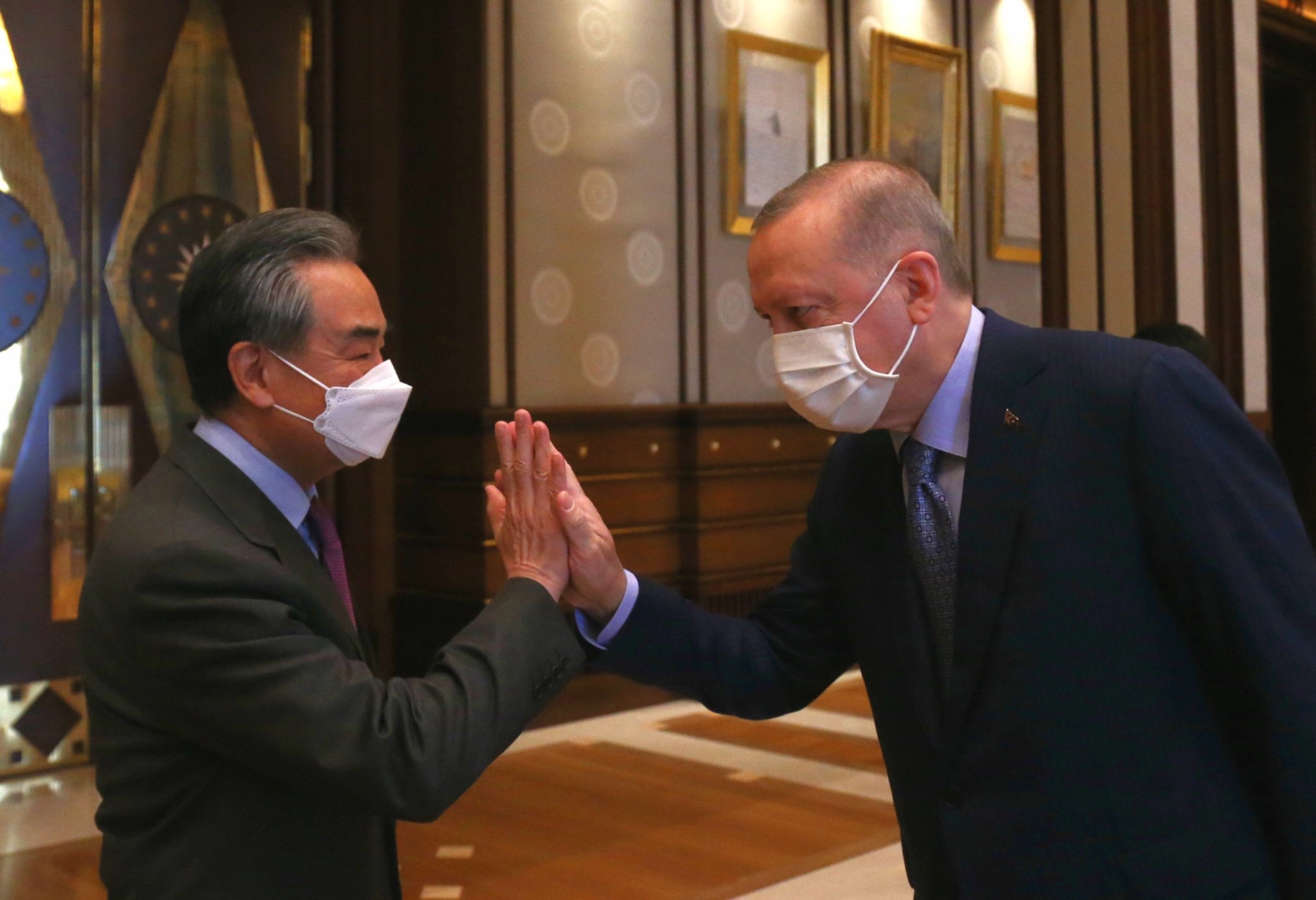



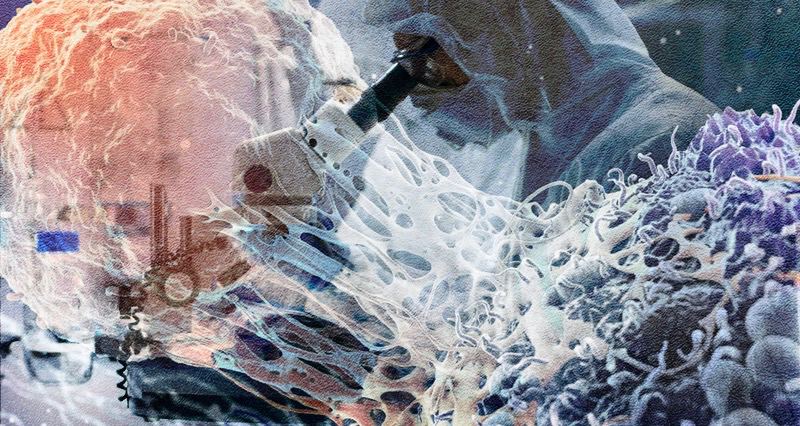


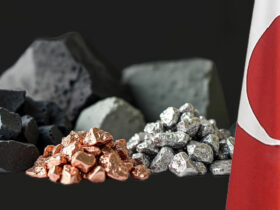

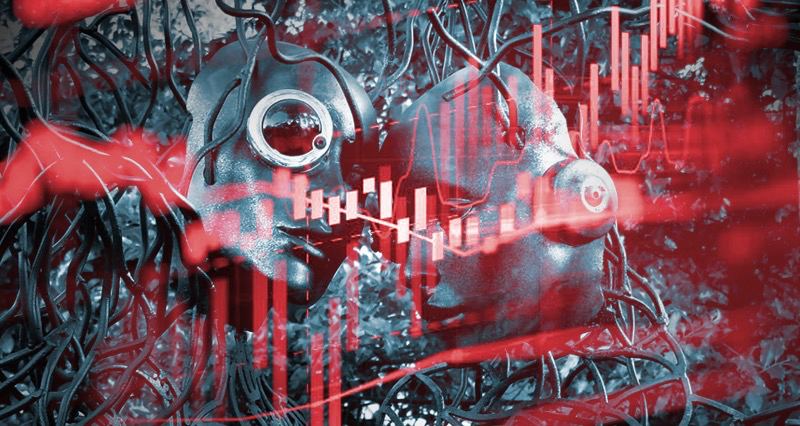
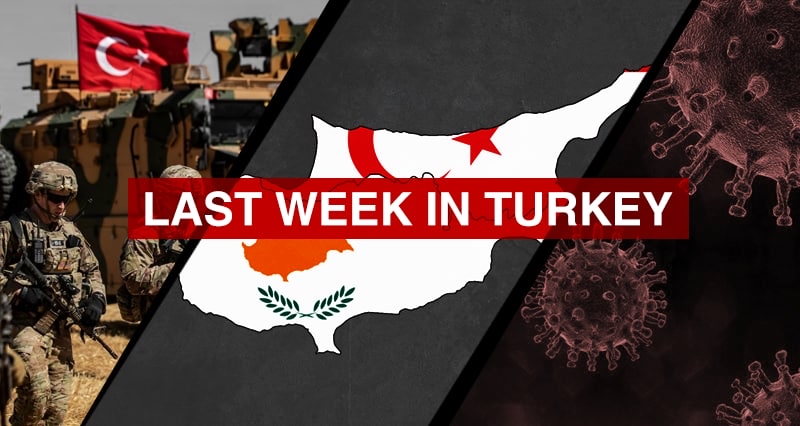
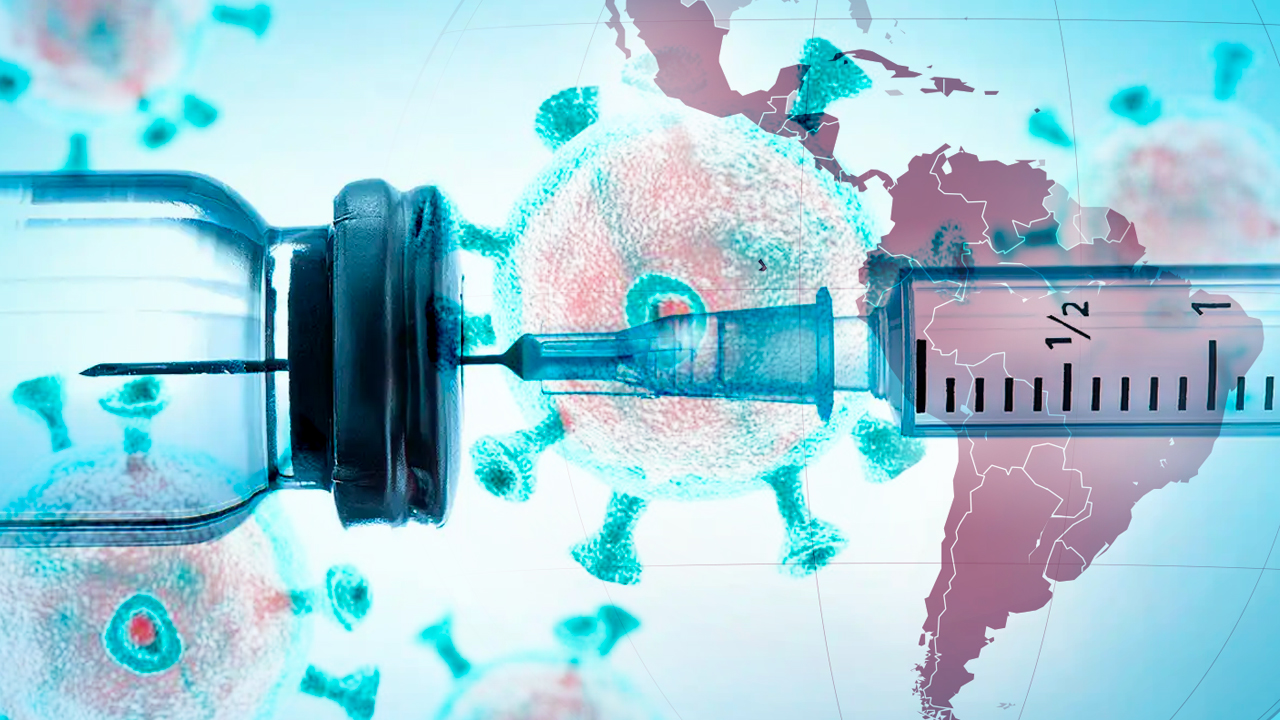

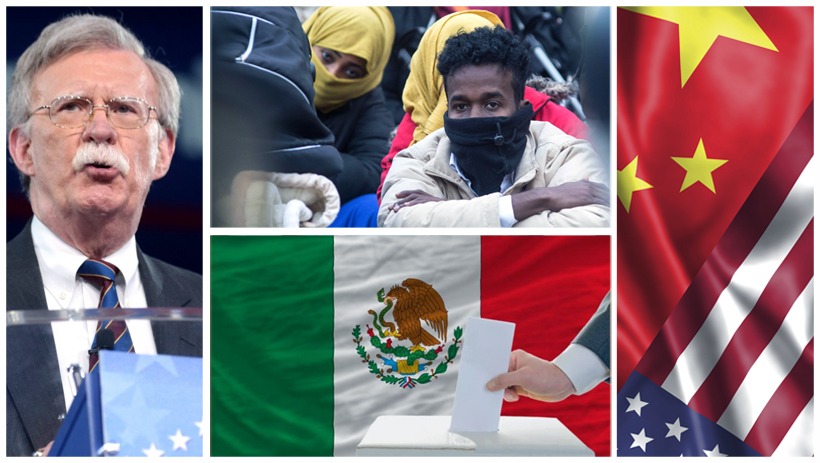
Leave a Reply